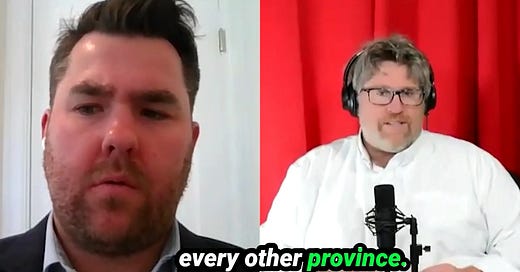In the October 2024 Saskatchewan election, political parties continued to lean heavily on traditional media—press conferences, longform feature interviews, and newspaper and TV news coverage—to share their messages. But this approach increasingly feels like a relic of the past. With newsroom layoffs at Bell Media, Postmedia shutting down printing presses and local operations, and the rise of niche and digital platforms in Saskatchewan like allSaskatchewan, Pipeline News, and the Western Standard, it’s clear the media landscape is evolving in Saskatchewan. Fewer journalists mean fewer opportunities for earned media to shape the narrative, leaving campaigns scrambling to adapt.
Meanwhile, social media and digital-first outlets are becoming the primary battlegrounds for voter attention. Platforms like TikTok, Instagram, and YouTube demand dynamic, engaging content that connects with voters in real time, bypassing traditional gatekeepers. The 2024 Saskatchewan election may well be remembered as the last where traditional media held center stage and were prioritized first, as political campaigns shift toward a fragmented, fast-paced digital environment that prioritizes direct-to-voter engagement.
The future of Saskatchewan politics will be defined by how well parties navigate this transformation. Those that invest the time and money and focus on crafting compelling content for decentralized audiences will thrive. But for those who fail to adapt, the days of relying on traditional press events to drive the story are over.
Watch the above clip from my conversation in October with Chris Brown from Cross Border Network.
Dale Richardson is a Saskatchewan-based Principal at Earnscliffe Strategies.







Share this post